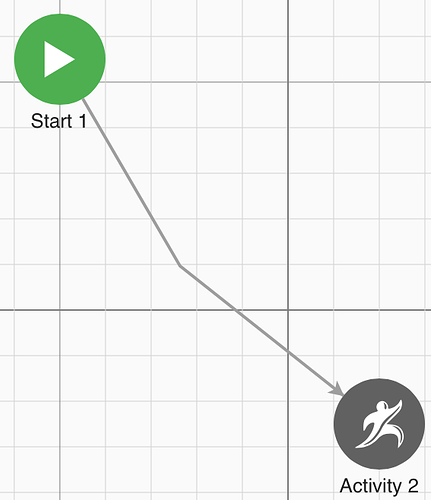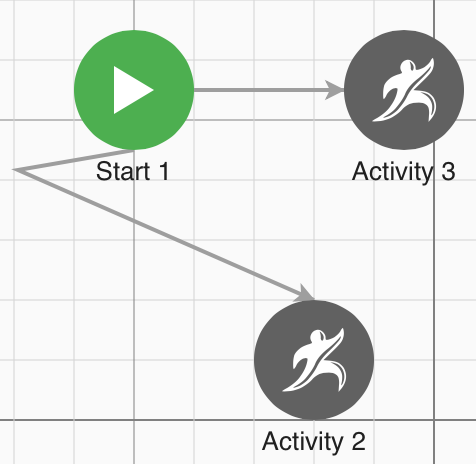Our web app can work with either our new cloud micro services and also our legacy services. With the cloud the start, end, and all midpoints are persisted. With the legacy code it only persists midpoints because that’s what the Java UI uses and what is in existing customer data. When the new React app is connected to the legacy backend and reads diagram data, GoJS will automatically create the start and end points when the link is straight (no points at all in the data coming from server). If the link has a single bend then the server will return one point and GoJS will not automatically create the start and end points.
Is there a setting to make GoJS automatically create the start and end points for all links, not just the ones that have no points? Since our app is aware if it’s connected to legacy services it could set a prop to tell GoJS to automatically create start and end points.
If there isn’t a setting any suggestions?



